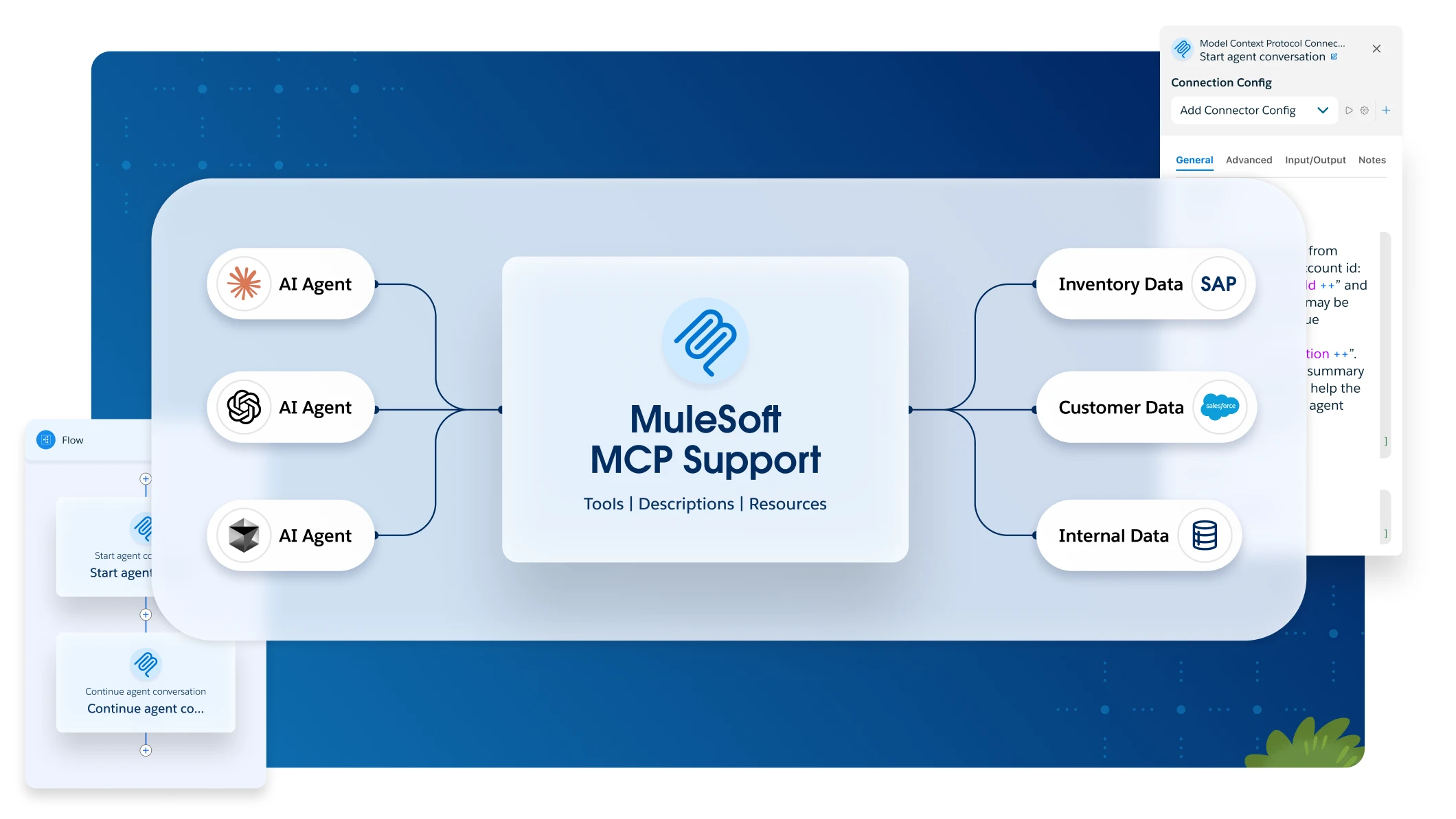$ java -version
openjdk version "1.8.0_352"
OpenJDK Runtime Environment (Temurin)(build 1.8.0_352-b08)
OpenJDK 64-Bit Server VM (Temurin)(build 25.352-b08, mixed mode)Download, Install, Configure, and Upgrade Mule
Before downloading and installing Mule, verify that you have a supported JDK installed. This example uses Eclipse Temurin 8, which is recommended for Mule 4.4.
AdoptOpenJDK moved to the Eclipse Foundation and changed its name to the Eclipse Adoptium project. The name of the JDK changed to Temurin.
Download Mule
-
Download the Mule 4 binary file from the following link and unzip it:
-
Set an environment variable called
MULE_HOMEfor themuledirectory inside your extracted folder.Example for version 4.4.0 in the
Downloadsdirectory:-
In Windows environments:
$ env:MULE_HOME="C:\Downloads\mule-enterprise-standalone-4.4.0" -
In Linux or Unix environments:
$ export MULE_HOME=~/Downloads/mule-enterprise-standalone-4.4.0
-
The procedure for making the MULE_HOME setting permanent depends on your operating system.
Test Your Mule Instance
After downloading Mule, test to confirm that it runs in your system without errors by executing the following commands:
-
In Windows environments:
%MULE_HOME%\bin\mule.bat -
In Linux or Unix environments:
$ $MULE_HOME/bin/mule
These commands run Mule in foreground mode, and the startup script displays information on the terminal’s standard output. You can’t issue further commands on the terminal as long as Mule is running.
To stop Mule, press CTRL-C in the terminal in which the script is running.
Install Mule
You can install Mule as a Windows service or as a Linux or Unix daemon by executing the corresponding command:
-
In Windows environments:
$ $MULE_HOME\bin\mule.bat install -
In Linux or Unix environments:
$ $MULE_HOME/bin/mule install
Configure Properties in the wrapper.conf File
After installing Mule as a Windows service, you can override the properties defined in the wrapper.conf file by declaring new properties in the wrapper.additional.conf file.
The configuration steps change depending on the Mule edition you are using:
-
Mule Community Edition
-
After adding a new property, reinstall or restart the Windows service.
-
Add the property, ensuring that its index is higher than the highest index in the
wrapper-additional.conffile so that your property cannot be overridden.For example, imagine that
wrapper-additional.confhas the following property:wrapper.java.additional.n=-Dproperty=valueIf
nis the highest index, you would add your property in thewrapper.conffile and increment the index, as follows:wrapper.java.additional.n+1=-DyourProperty=valueOfYourProperty
-
-
Mule Enterprise Edition
After you install Mule as a service, configure up to 20 additional properties using the following command-line argument:
-additionalJavaProperties=numberOfExtraProperties
Configure CPU Affinity
Many operating systems provide a mechanism to bind a process to one or more central processing units (CPUs) so that the process executes only on the assigned CPUs. You can configure CPU affinity in your environment to run Mule in a nonvirtualized multicore server and comply with the number of cores included in your subscription.
Considerations When Using CPU Affinity
-
CPUs have groups of cores that share a cache to improve thread communication and migration performance. To avoid such performance issues, check with your infrastructure team to identify which cores share this cache before setting up this feature.
-
Check with your infrastructure team to ensure that no existing resource allocation policy that can interfere with your CPU affinity configuration.
-
Ensure that the number of cores you plan to configure through CPU affinity does not exceed the number of cores included in your MuleSoft subscription plan.
Remove the Mule Service or Daemon
You can remove Mule as a Windows service or as a Unix daemon by executing the corresponding command:
-
In Windows environments:
$ $MULE_HOME\bin\mule.bat remove -
In Linux or Unix environments:
$ $MULE_HOME/bin/mule remove MULE_HOME is set to /Applications/mule-enterprise-standalone-4.3.0 MULE_BASE is set to /Applications/mule-enterprise-standalone-4.3.0 Detected Mac OSX: Mule Enterprise Edition is not running. Removing Mule Enterprise Edition daemon...
Install Anypoint Monitoring
You can install Anypoint Monitoring for cloud-managed supported versions of on-premises runtime instances to monitor applications running on that server.
Update, Upgrade, or Migrate Mule Versions
MuleSoft releases new major, minor, and patch release versions of Mule, as well as monthly updates to patch releases of Mule that incorporate the latest bug fixes and security enhancements.
-
To update a patch version of Mule, see Update Patches to Mule Runtime Engine
-
To upgrade to a later version of Mule 4, see Upgrading Mule Runtime Engine (Versions 4.x to 4.n)
-
To migrate from Mule 3 to Mule 4, see Migration to Mule 4



